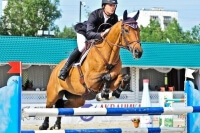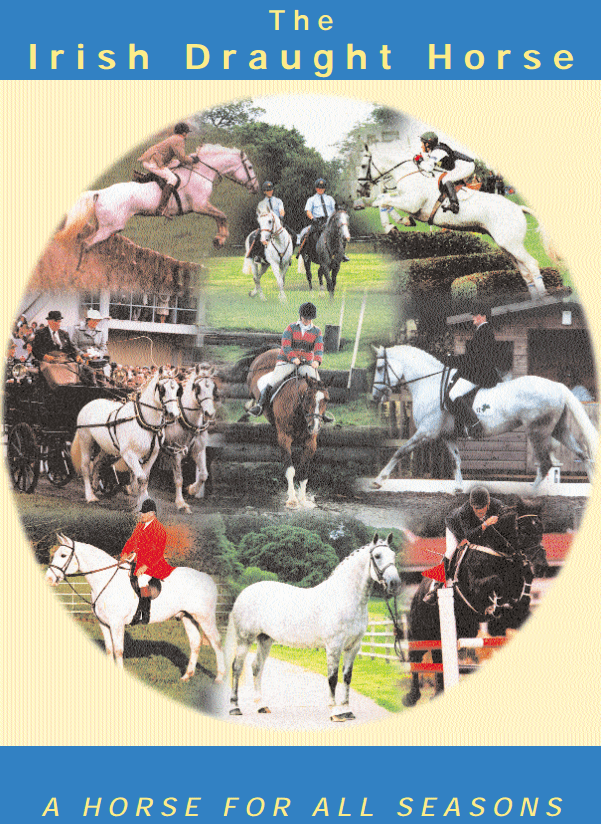Preserving the Irish Draught – One of the Classic Horse Breeds in the World
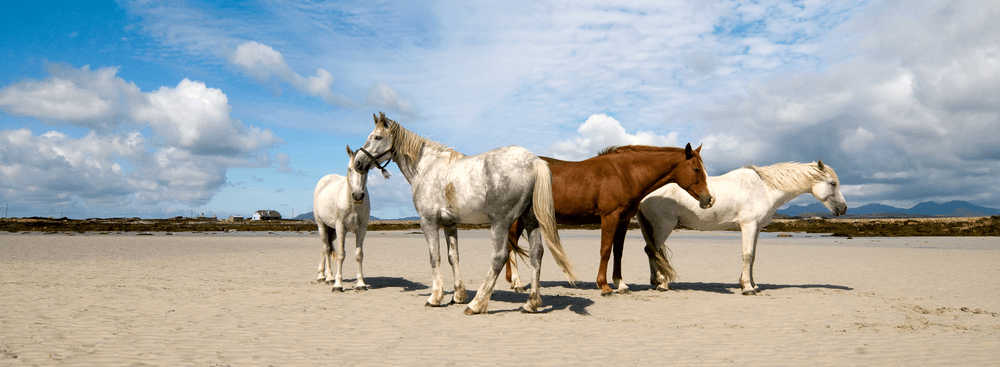
The Irish Draught is proven to be one of the best breeds in the entire equestrian industry, but one that also faces an impending danger of extinction. Being a farmer’s favourite that is sensible and honest in its emotional capabilities, the breed is also renowned for its strength, compliance, and ability to work all day of the week with minimal persuasion.
Of course, there are several unique varieties of Irish Draught horses in the world, but the pure lineage of the native steed is dwindling in large numbers. Incorrect breeding techniques, massive exports, and a history of sacrifices are considered to be some of the worst reasons behind the ever decreasing number of the variant in the market. Nevertheless, several breeding associations and animal organisations are working together to preserve the breed, so that the qualities of the Irish Draught can be preserved for future generations.
A Brief History & the Need for Preservation of the Irish Draught Horse
Irish Draught was a result of centuries of careful breeding to create a capable workhorse, which had the temperament to heed the advice of its trainers and work all week long. The breed have long history in Ireland and Britain during the nineteenth and twentieth centuries, when the variety was used extensively for farm work, hunting, pulling chariots, and for waging wars. However, it wasn’t until the world wars that the breed’s numbers started reducing drastically, primarily due to the export of these specimens to the front lines.
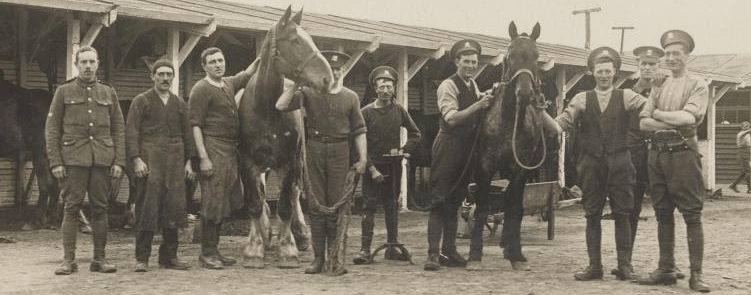
Even after the war, the mechanisation of farming processes, the improvements in transportation technologies, and the development of human civilisations in other areas led to a decline in the need to breed horses across the world. Therefore, the Irish Draught faced a steady decline in its utility aspect, as it became a foundation horse for cross-breeding with warmbloods and thoroughbreds for creating more robust and endurable sport horses.
Irrational breeding and the export of the horse variety to foreign nations and the slaughterhouses further resulted in the endangering of the species. Therefore, the breed faced a certain extinction, which required drastic measures to preserve the race.
Conservation Efforts
The Government of Ireland initiated the registration process for Irish Draught in the first part of the 1900s, but it was a mere register to document the number of stallions and mares in an official Studbook. However, it was only in 1976 that the breed received respite in the form of the Irish Draught Horse Society (IDHS) and the Bord na gCapall, whose main aim was to preserve and protect the Irish Draught Horse from extinction. The IDHS later opened up an additional branch in Great Britain in 1979, while the Bord na gCapall transformed into the Irish Horse Board in 1993. The Board’s primary responsibility dealt in promoting the breed over the Thoroughbreds in the country.
The Irish Draught started receiving international attention through the formation of the Irish Draught Horse Society in 2008, which expanded to several international markets, including the US, Canada, Australia, and New Zealand. The breed also started enjoying more popularity among breeders in the global markets, owing to its superiority in equestrian sports activities, but it actually had an adverse effect on the population of the breed. Breeders were more concentrated on the Sport variant of the horse, which is derived through a cross-breed between the Irish Draught and Warmbloods or Thoroughbreds. These crosses had the excellent qualities of the Irish Draught, along with the strength, endurance, and athleticism of the Warmblood and the Thoroughbreds.
Therefore, Irish Draught was primarily considered as a foundation horse to cross breed with other species to create a horse that conforms to specific equestrian events. Even inbreeding had led to a lack of genetic diversity, along with other associated health risks. These issues led to the Irish Draught being considered as an “Endangered Maintained” breed by the United Nations, while it was upgraded to the “Watch” category by the American Livestock Breed Conservancy group.
Preservation of the Breed in the Present Day
The IDHS sought to address the breeding concerns by funding research into the creating a breeding plan that could incorporate genetic diversity into the species, without losing the traditional characteristics and the traits of the Irish Draught horse. IDHS reined in technical support from the Irish Cattle Breeding Federation, while the organisation also received support from the Royal Dublin Society, in its efforts to preserve and expand the breed into the modern generation.
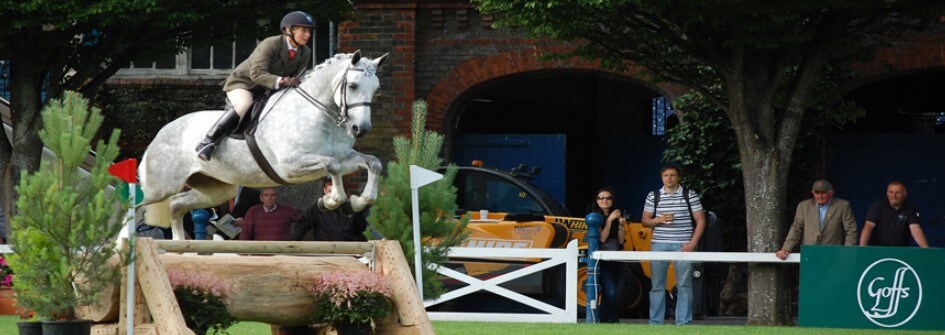
To further streamline the process of evaluation and classification of the Irish Draught breed in Ireland, the Irish Horse Register was handed over to the Horse Sport Ireland, which conducts annual inspections of the breeds that are registered in the Studbook. The comprehensive testing process allows the organisation to discover breeding defects or deviations from the standards, which can then help in selecting the best specimens that can be used to create the next generation of pure Irish Draught Horses.
The association has come up with a 4-tier class system to simplify the process of classification of such horses, where each horse is inspected and classified into Class 1, Class 2, Class 3, or Class 4 category. The genetic diversity of the breed, the physical qualities, and the breed standards are considered before assigning a horse to a particular class, but the Irish Horse Register also specifies a separate class to accommodate Irish Sport Horses that resembles the characteristics of the Irish Draught category. Therefore, almost all horses that are evaluated will find a place in the Studbook, instead of a pass/fail system, which gives more incentives for breeders to try their hand at breeding the best specimen of the Irish Draught.
Modern Uses of Irish Draught That Helps in Preservation
The purebred Irish Draught is a highly popular choice of breed for equestrian events, especially show jumping, eventing, and dressage. These horses are also used as police mounts, hunting horses, and even for minor league horse racing. Therefore, its extensive use in such events over its Irish Hunter/Sport variant has helped in increasing the number of purebreds, which has undoubtedly helped in preserving the breed from extinction. Private ownership of the horses has grown tremendously from the past, as the native horses from Ireland are receiving more interest from people that require a small, manageable, and compliant horse, especially one that is good with all age groups. Therefore, with low-maintenance, friendly nature, and incredible power, the Irish Draught continues to make a mark in the world.
